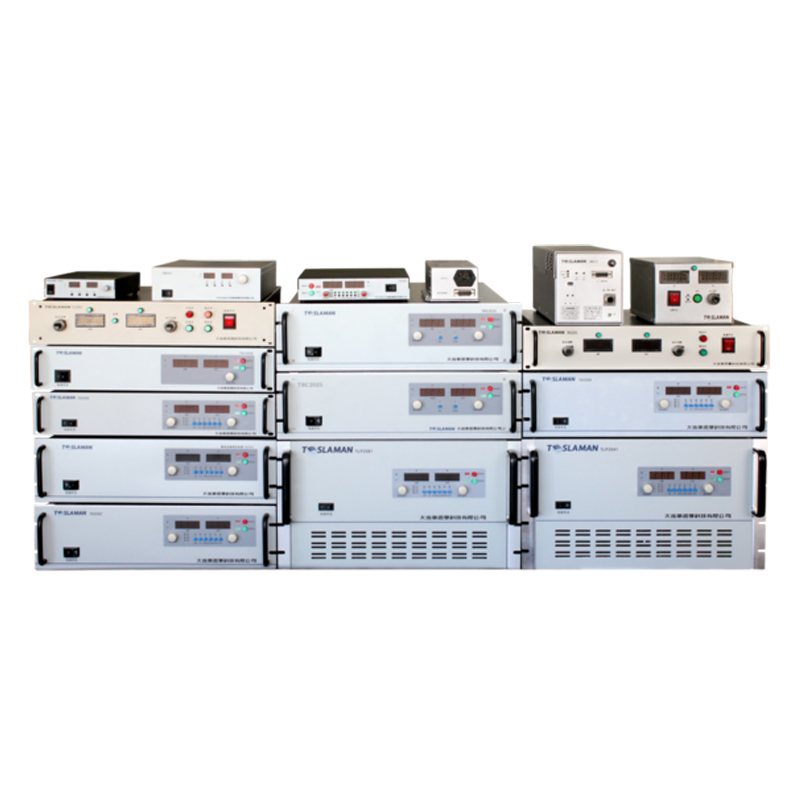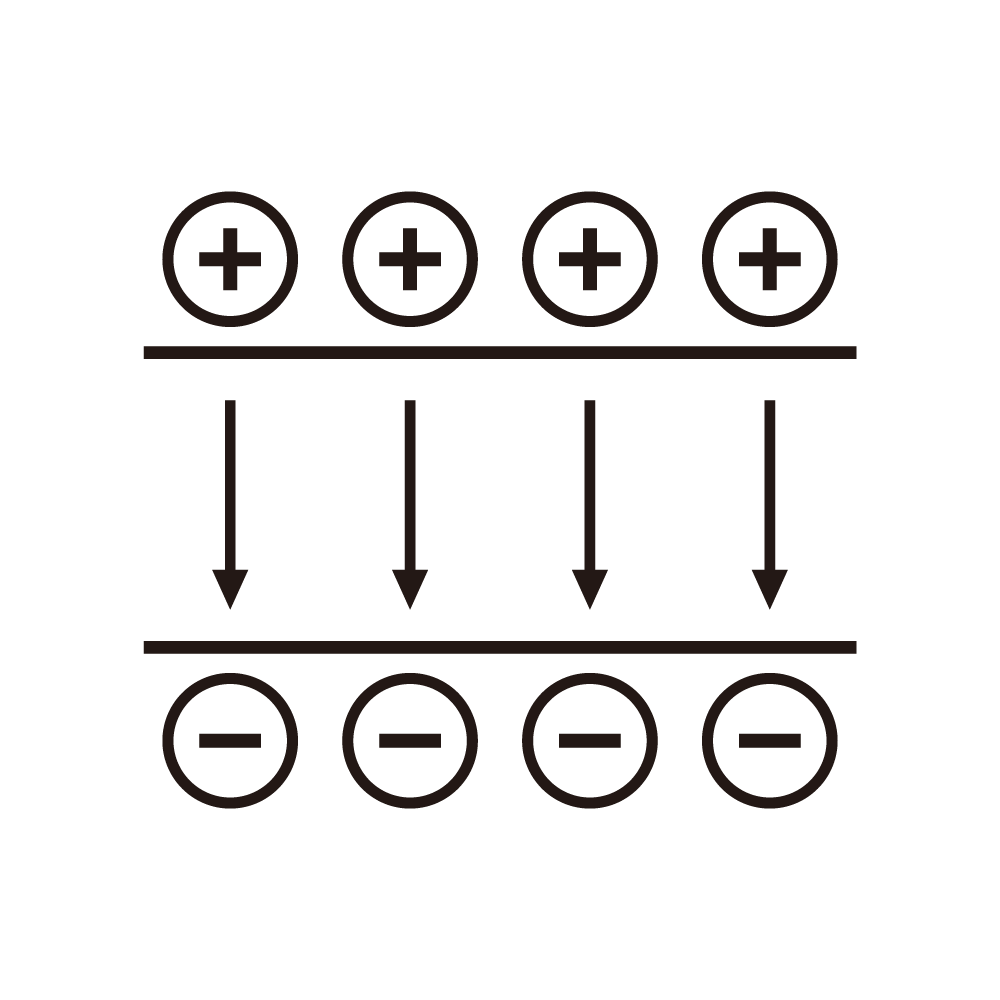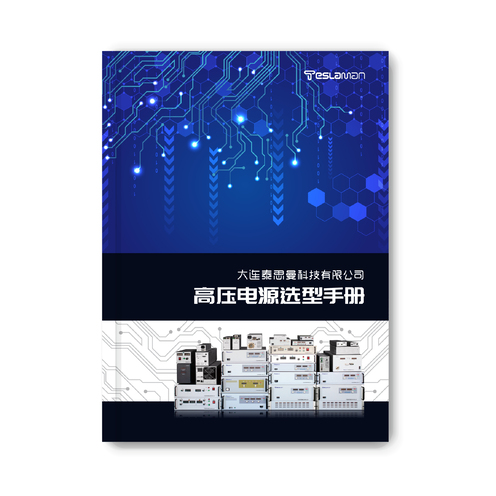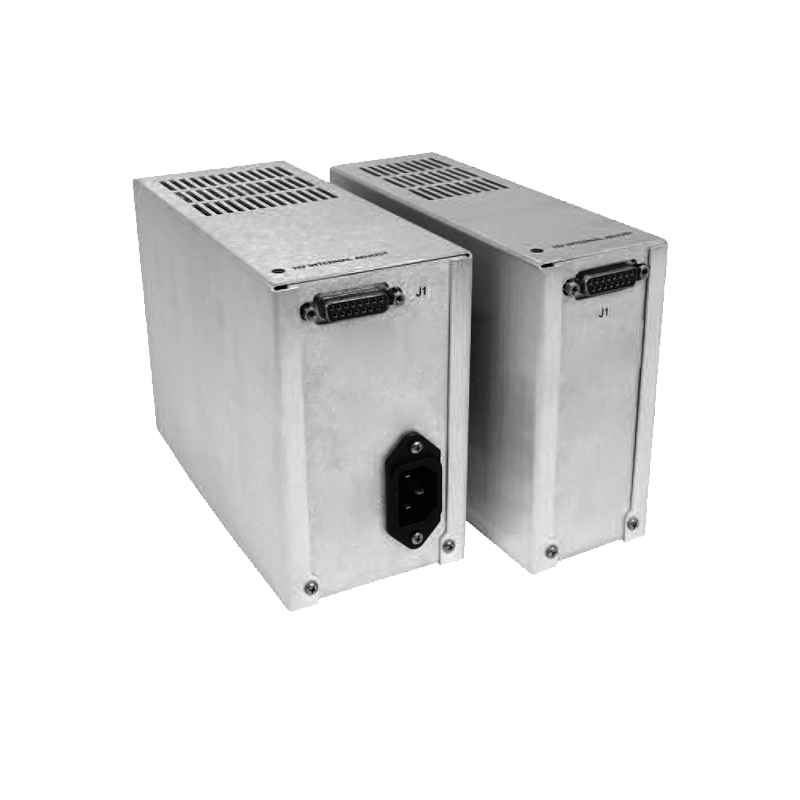Frequency Adjustment of High-Voltage Power Supplies for Semiconductor Testing: Principles, Methods and Applications
Abstract: This article delves into the importance, principles, methods and applications of frequency adjustment of high-voltage power supplies for semiconductor testing. It elaborates in detail on the impact of frequency adjustment on the characteristic testing of semiconductor devices and how to achieve precise frequency adjustment through different technical means, providing comprehensive and in-depth professional knowledge for technicians in the field of semiconductor testing.
I. Introduction
In today's booming semiconductor industry, the performance testing of semiconductor devices is of crucial importance. As a key component of semiconductor testing equipment, the output characteristics of high-voltage power supplies directly affect the accuracy and reliability of test results. Among them, the function of frequency adjustment plays an indispensable role in meeting the testing requirements of different types of semiconductor devices.
II. Importance of Frequency Adjustment
Semiconductor devices may exhibit different electrical characteristics under different operating frequencies, such as changes in capacitance, inductance effects, and variations in carrier mobility characteristics. By adjusting the frequency of the high-voltage power supply, various frequency environments in which semiconductor devices actually operate can be simulated, enabling a more comprehensive and accurate evaluation of their performance parameters. For example, under high-frequency conditions, it is possible to detect the high-speed switching characteristics and signal transmission delays of semiconductor devices; while at low frequencies, it helps analyze performance indicators such as stability and low-frequency noise.
III. Principles of Frequency Adjustment
The frequency adjustment of high-voltage power supplies is usually based on inverter technology and the principle of PWM (Pulse Width Modulation). The inverter circuit converts the input direct current into alternating current, and the PWM technique adjusts the pulse width and frequency of the output voltage by controlling the on and off times of switching devices. By changing the frequency of the PWM signal, the output frequency of the high-voltage power supply can be adjusted. Meanwhile, the feedback control system will monitor the output voltage and current in real time and make comparisons and adjustments according to the preset frequency value and the actual output situation to ensure the stability and accuracy of the output frequency.
IV. Methods of Frequency Adjustment
1. Software Control: Utilizing advanced digital control systems and writing specific control algorithm programs to achieve precise adjustment of the frequency of high-voltage power supplies. Operators can input the required frequency values on the human-machine interface of the equipment, and the control system generates corresponding PWM control signals according to internal calculations and logic to drive the inverter circuit to change the frequency. This method has the advantages of high flexibility, easy control of adjustment precision, and can conveniently realize the switching and storage of different frequency modes.
2. Hardware Adjustment: Some high-voltage power supplies use hardware circuits to achieve frequency adjustment. For example, by changing the parameters of components such as capacitors and inductors in the oscillation circuit, the oscillation frequency can be adjusted, thereby changing the output frequency of the high-voltage power supply. This method is relatively simple and straightforward, but the adjustment range and precision may be limited by the characteristics of hardware components, and its flexibility is not as good as that of the software control method.
V. Applications of Frequency Adjustment in Semiconductor Testing
1. Transistor Characteristic Testing: When testing parameters such as the cut-off frequency and gain-bandwidth product of transistors, it is necessary to precisely adjust the frequency of the high-voltage power supply to simulate the working state of transistors under different frequency signals, so as to accurately obtain their high-frequency performance indicators and provide key data for the design and application of transistors.
2. Integrated Circuit Testing: For complex integrated circuits, different modules may work at different frequencies. By adjusting the frequency of the high-voltage power supply, targeted testing can be carried out on each functional module of the integrated circuit to ensure the performance stability and reliability of the integrated circuit within the entire operating frequency range, which helps improve the overall quality and yield of integrated circuits.
VI. Conclusion
The frequency adjustment of high-voltage power supplies for semiconductor testing is a key technology and is of great significance for accurately evaluating the performance of semiconductor devices. By deeply understanding the principles of frequency adjustment and mastering effective adjustment methods, it is possible to better meet the growing technological requirements in the field of semiconductor testing, promote the continuous development and progress of the semiconductor industry, and provide powerful technical support for the research, development and production of high-performance and high-reliability semiconductor devices. In the future, with the continuous innovation of semiconductor technology, the frequency adjustment technology of high-voltage power supplies will also continue to develop and improve to adapt to more complex and diversified testing requirements.




















